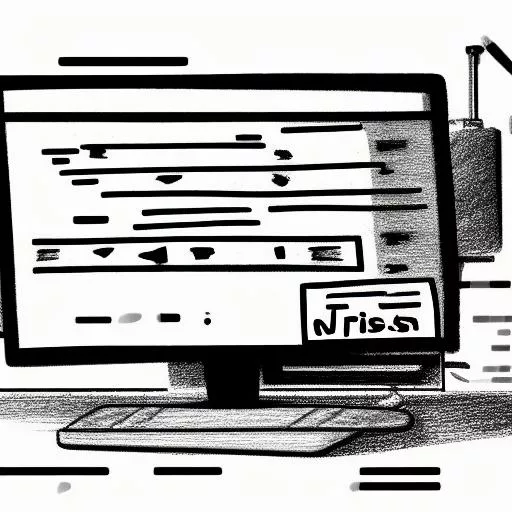In the realm of Blazor development, understanding the core concept of “Blazor Components” is essential for crafting dynamic and interactive web applications. This blog post aims to unravel the intricacies of Blazor components, shedding light on their significance, structure, and the role they play in creating modern, single-page applications.
Demystifying Blazor Components:
Definition and Purpose:
- At its essence, a Blazor component is a self-contained, reusable unit that encapsulates both UI and behavior. These components can range from simple elements like buttons and forms to more complex entities such as charts or entire sections of a web page. The primary purpose is to promote modularity and maintainability in web application development.
- Structure of a Blazor Component:
- A Blazor component consists of two main parts: the markup (HTML-like code) and the code (C# code). This combination of markup and code in a single file fosters a component-based architecture, making it easier to manage and organize various elements of a web application.
Types of Blazor Components:
- Blazor components are categorized into two main types: Razor Components and Blazor WebAssembly Components.
- Razor Components: These are server-side components where the rendering and logic execution occur on the server.
- Blazor WebAssembly Components: These components execute directly in the browser, allowing for a more interactive and responsive user experience.
- Blazor components are categorized into two main types: Razor Components and Blazor WebAssembly Components.
Reusability and Encapsulation:
- The reusability of components is a key feature. Once created, a component can be reused across different pages or sections of a website, promoting a modular and maintainable codebase. Additionally, components encapsulate their internal logic, reducing the likelihood of unintended interference with other parts of the application.
<!-- Example of a Blazor component structure -->
<div>
<h3>@Title</h3>
<p>@Description</p>
</div>
@code {
[Parameter] public string Title { get; set; }
[Parameter] public string Description { get; set; }
}Key Concepts and Best Practices:
- Parameters:
- Components can accept parameters, allowing them to receive data from their parent components. This mechanism facilitates the passing of information and enhances the flexibility of component usage.
- Event Handling:
- Blazor components can also handle user interactions through events. This enables components to respond to user actions, such as button clicks or form submissions.
<!-- Example of using parameters in a Blazor component -->
<MyComponent Title="Hello" Description="This is a Blazor component." />
<!-- Example of event handling in a Blazor component -->
<button @onclick="HandleButtonClick">Click me</button> @code {
private void HandleButtonClick()
{
// Logic for handling button click
}
}Conclusion:
In the evolving landscape of web development, mastering Blazor components is pivotal for harnessing the full potential of the Blazor framework. These building blocks enable developers to create scalable, maintainable, and feature-rich applications. As you delve into the world of Blazor components, the journey towards crafting dynamic and engaging web experiences becomes not only attainable but immensely rewarding.

Leave a Reply